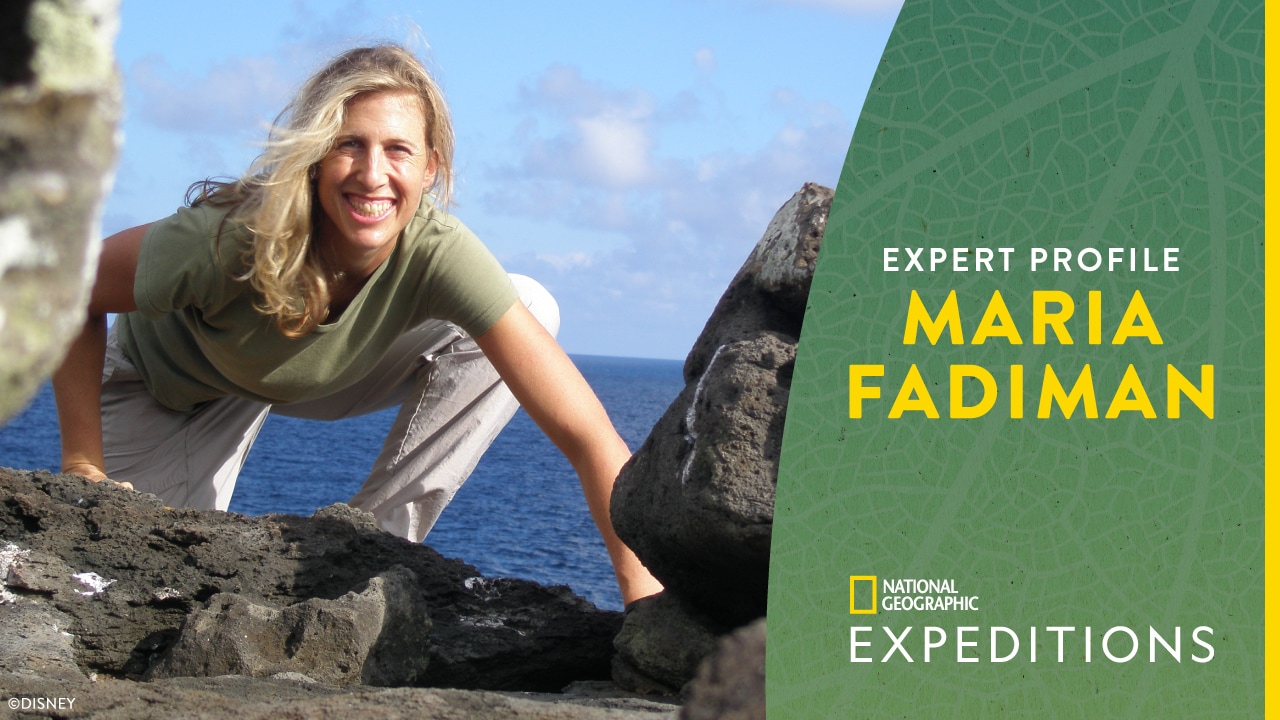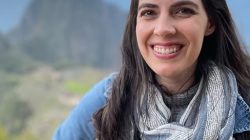Dr. Maria Fadiman always knew she wanted to work in conservation. So, as all great explorers do, she jumped in headfirst when she volunteered to be a naturalist guide in the Latin American rainforest in college. The only hiccup, however, was that she knew nothing about the ecosystem at that time!
So, it was a fun surprise when her guide turned to her and said, “I’m leaving on the first plane out, so let’s get you trained.”
Dr. Fadiman immediately fell in love with the work. As an ethnobotanist, she studies the relationship between people and plants – a passion that stemmed from her realization that the locals that helped her learn about the natural surroundings had a huge part to play in conservation efforts. This early realization continues to be at the root of her work today.
“I hope to foster an internal incentive for ecosystem conservation in the research I do now, working with remote communities throughout the globe to record their plant information and to help facilitate children learning from their own elders,” Dr. Fadiman said. “We all use what we understand and are more likely to conserve what we use. This work provides the opportunity to keep both knowledge and forests alive.”
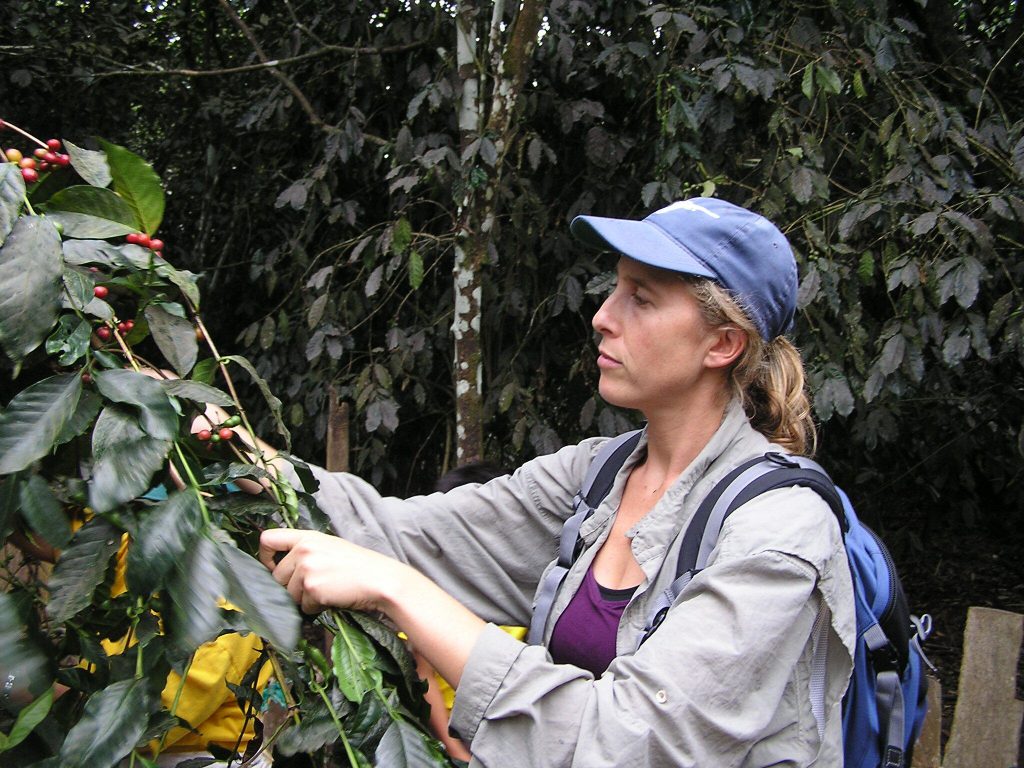
Courtesy: Maria Fadiman 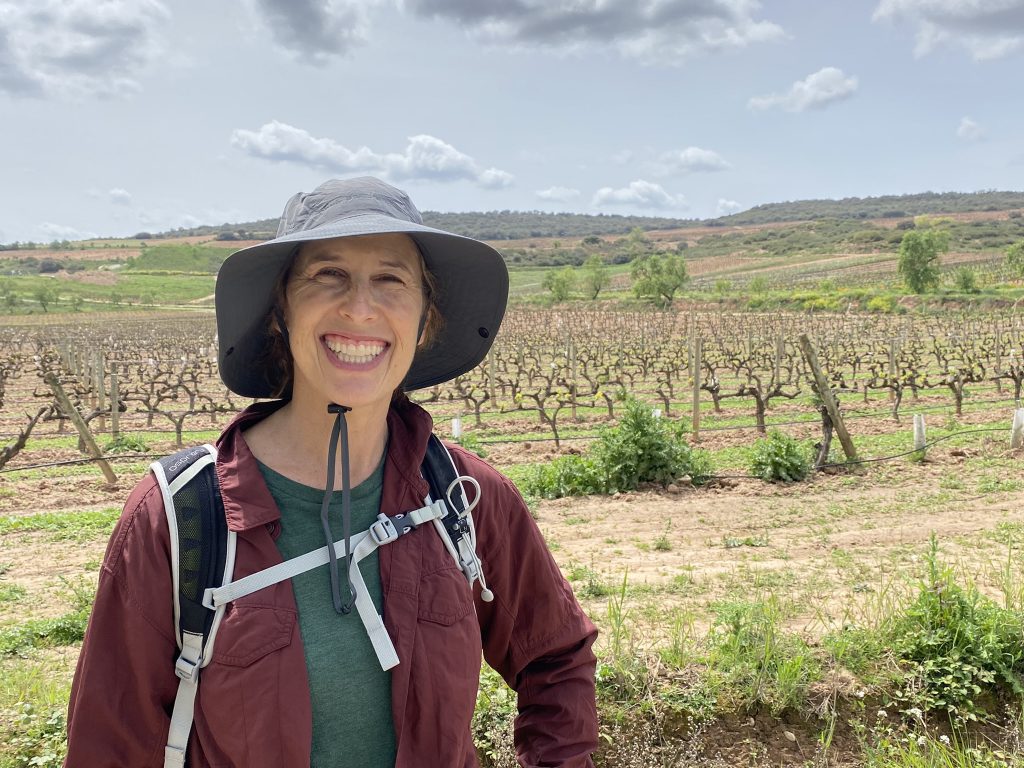
Courtesy: Maria Fadiman
Dr. Fadiman is also a cultural geographer and a professor at Florida Atlantic University in the geosciences department. Additionally, she is a highly decorated member of the National Geographic Society, garnering honors such as being named an Emerging Explorer in 2006, being featured as a National Geographic Live speaker, working as a National Geographic Mentor twice, and having a wide variety of exciting projects funded by the National Geographic Society.
And now you can explore the world with Dr. Fadiman! She often accompanies National Geographic Expedition trips as a National Geographic Expert to help spread her knowledge and insights in places like Costa Rica, Spain, New Zealand and more. Want to learn more about Dr. Fadiman’s travels? We caught up with her to hear about her favorite trips and a few travel tips.
How did you start traveling with National Geographic Expeditions?
I expressed my interest in the Spain: Walking the Camino de Santiago trip and then was asked to do the Costa Rica: Wildlife and Conservation trip. These trips have been a great fit, so now I am excited to be scheduled for more departures, as well as Ireland, Alpe-Adria, Scotland and New Zealand.
What is your favorite trip?
I can’t pick just one! One of my favorite aspects was walking and talking in Spain. Sharing an experience of moving together on our own feet through the countryside and cities creates a level of connection with the place and each other that was intensified by traveling this way together.
In Costa Rica, I liked watching people light up when they entered the rainforest and saw a subtle moment, like a fern unfurling for the first time, or the fun we all shared while watching white-face monkeys eat fruit from a palm. Also, it was an extra special treat when we were all electrified as a group and then grew silent when we spotted a quetzal on the bridge hanging above the cloud forest in Monteverde.
How do you bring your work to life on expeditions?
When I do talks, I bring myself, my images, research and stories into the presentations. I enjoy interspersing anecdotes that make the information personal so that guests can identify with the people, plants and places in a more intimate way. I like it when we all have fun while simultaneously triggering new ways of thinking.
I work with people and cultures, so I can spend all day just listening to guests, learning who they are and what they are about. As we talk, I bring in my experiences from the area where we are (or other places) as a way to connect and open up the dialogue to learn from the people on the trip. Some of my favorite times are when we are all laughing about our day, and even when we get real. Our connections build in the moment of experience, and then we often go into who we are beyond the trip.
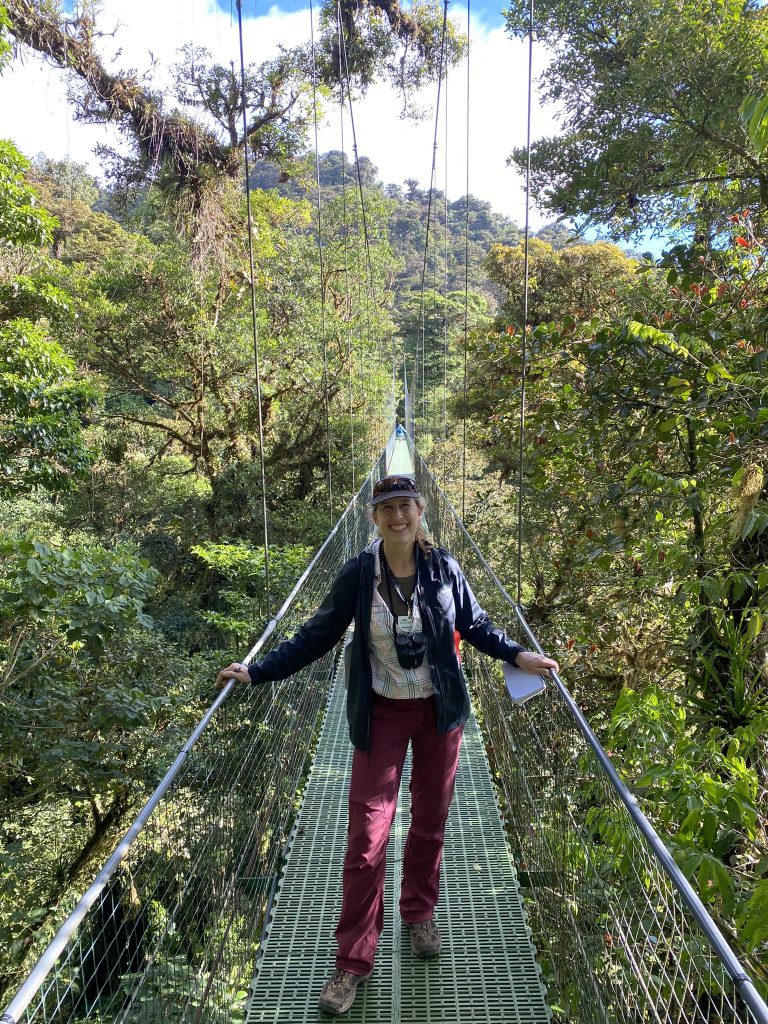
Courtesy: Maria Fadiman
The National Geographic Expeditions philosophy is “traveling deeper.” How have you experienced that on expeditions?
It’s the combination of having new experiences and knowing that we are taken care of. All of this allows travelers to be in the present, and we can dive deeper into the experience since we don’t have to worry about what is coming next.
These experiences are different from any other kind of trip. For example, in Costa Rica, we were inspired by the reforestation speaker and then given a chance to fill bags with dirt. It became a bonding experience with jokes about filling the bags, the meditative aspect of working with our hands, and doing it all together. We shared this experience that we wouldn’t have known about if it had not been on the itinerary.
And after walking with each other for hours over many days in Spain, the level of getting to know each other went deeper than on a regular trip. Plus, people pointing out ethnobotany after I had given my first talk was such a fun moment.
What is it that you love about your role as an Expert?
I LOVE doing these trips, and I feel honored to be a part of them to explore the world in a new way – delving into my own research at a new level, experiencing these places in the way National Geographic shows them, and mostly, getting to spend time with the guests. I already love giving talks, and to get to present them to groups of enthusiastic and supportive listeners makes any speaker happy.
The people on these trips are interesting and interested. Their careers and life experiences, coupled with their curiosity about new places, makes them fun to get to know. Some of my favorite parts are sitting at the table with a new combination of people, talking about what we experienced or who we are at home.
I love learning from the local guides who add so much to what I already know. Their insights into life, where they have been, and their experience of the place where we all are together adds so much to my life.
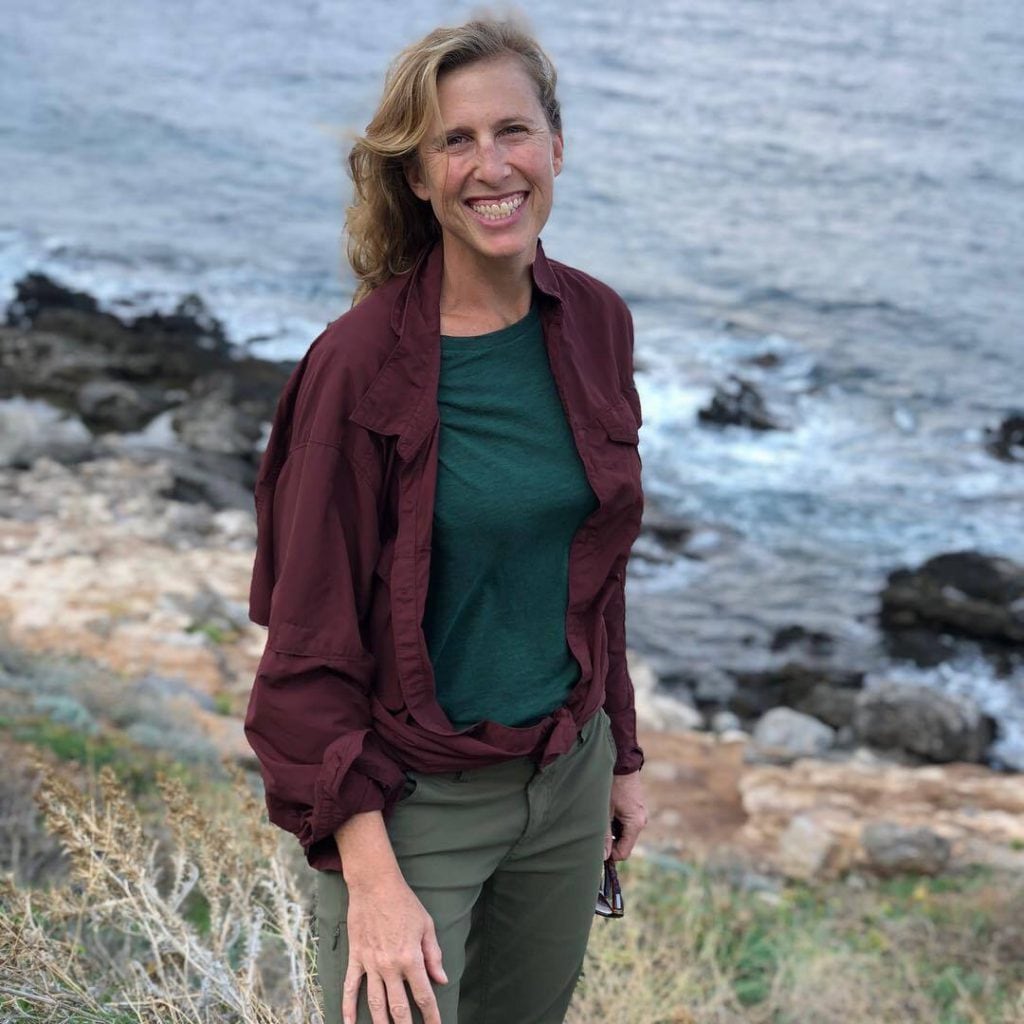
Courtesy: Maria Fadiman
In your opinion, why should people travel with National Geographic Expeditions?
People should travel with National Geographic Expeditions because of the carefully curated itineraries, the excellent Expedition Guides who make the group feel cared for, and the local guides who can explain where we are and engage in discussions at any level the guests choose.
Guests will get the fun of a trip coupled with an in-depth understanding of where they are. Plus, they get to be with other people who are interested, inquisitive, and want to talk about what is happening, question what they see and find answers amongst each other.
Any travel tips?
Be flexible! Things often change and you are thrust into the unknown, which is part of why we all travel. It’s not always easy, but I try to adapt to what is happening and be open to a new and unexpected experience.
Which National Geographic Expedition are you most looking forward to next?
I’m not sure where to start on this one! For Spain, I love exploring the Camino de Santiago, walking with people as we delve into Spain, getting to speak Spanish, eating Tortilla Espanola, and learning about the cathedrals.
I’ve worked in Costa Rica for over 30 years. The rainforest is part of who I am and represents the beginning of my conservation goals. It will be satisfying to get to share this excitement and connection with people whom I hope will fall in love with it the way I do.
Are you ready to get out and explore like Maria? Check out her upcoming expeditions and over 200 other incredible itineraries when you visit NationalGeographicExpeditions.com or call 888-732-2379.
